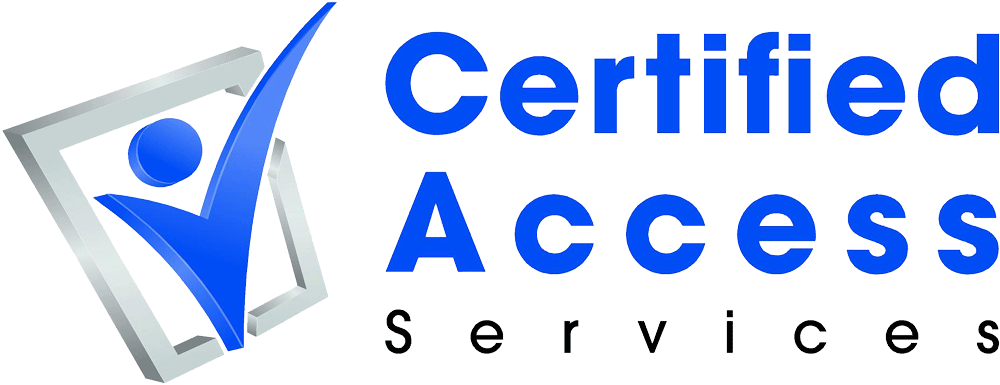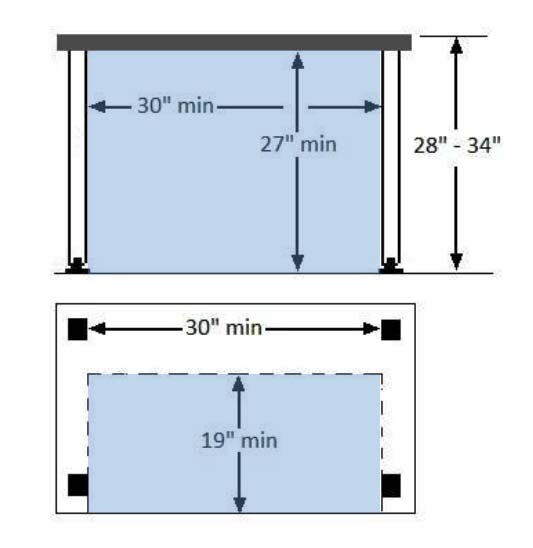Accessibility Considerations For Restaurants During COVID-19
/Remember to consider these requirements when setting up your:
CURBSIDE PICK UP * AL FRESCO DINING * PATIO & STREET DINING
ACCESSIBLE SEATING IS REQUIRED TO BE ACCESSIBLE - 5% IN EACH FUNCTIONAL AREA
Accessible seating shall be on an accessible route that connects to the entrances, restrooms, transaction counters, etc. If screens or partitions are used, they cannot obstruct this route at anytime.
Knee and toe clearances as shown in the diagram to the right shall be maintained at all accessible tables. (27" high, 30" wide, 19" deep).
PICK UP AND TRANSACTION COUNTERS AND TABLES
The counter shall be on an accessible route from the accessible parking stalls and from the public sidewalk.
The counter shall be 34" maximum from the floor to the top of the counter.
The counter shall allow for a forward or parallel approach. The forward approach must comply with knee and toe clearances and a parallel approach (pictured on the left) only needs a 30”x48” clear floor space that is centered on the counter.
SIDEWALK SEATING AND UMBRELLA / TENT
Allowed by executive order, use of full sidewalk as long as a 48in clear path can be accomplished to meet ADA guidelines.
Maintain a minimum 80in overhead clearance for ADA requirement and 96in minimum for city* requirements to avoid creating a visual obstruction.
*City of San Diego
For a printable version of this content Click Here.



